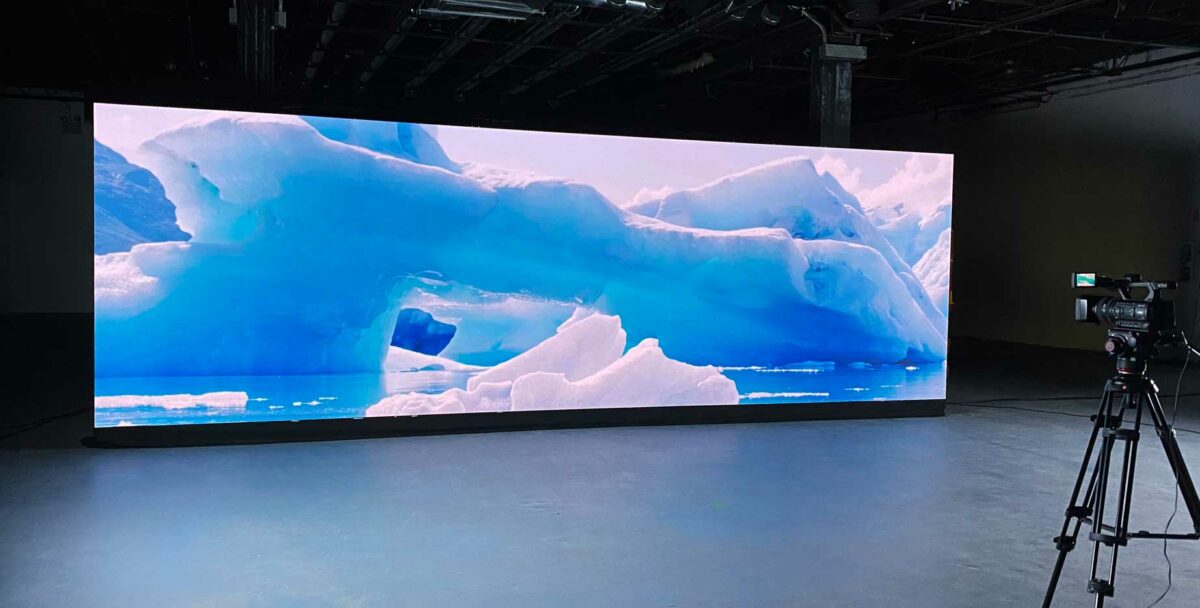
Classic display technologies, like CRTs, have been present for many years. They were frequently used in televisions and computer screens. However, CRTs have a limited duration, typically lasting approximately 10,000 to 20,000 hrs of use. This means that after a couple of years, users may observe a deterioration in picture clarity, such as dimming or hue distortion. In comparison, LED panel panels can last considerably longer, frequently exceeding 50,000 hours. This prolonged duration means that users can enjoy reliable performance without the requirement for frequent replacements.
Another important aspect to consider is energy conservation. LED panel panels consume less energy than traditional screens, which not only helps the environment but also reduces electricity expenses. For instance, while a CRT monitor may use approximately 100 W of power, an LED panel can consume as few as 30 to 50 watts. This difference in power usage contributes to the total durability of LED technology, as lower power consumption generates minimal heat. Excessive thermal energy can damage electrical parts, leading to a reduced duration for traditional displays.
In furthermore to their extended duration and energy efficiency, LED panel screens also offer enhanced image quality. They provide brighter colors and improved differentiation, making them ideal for various uses, from marketing to learning presentations. The technology behind LED panels enables for a broader sight perspective, meaning that images remain clear and lively even when seen from the flank. This is a significant advantage over traditional screens, which frequently suffer from color deformation and diminished luminosity at broader perspectives.
In conclusion, the longevity of LED wall panels in contrast to conventional screen methods is a crucial factor for buyers to take into account. With durations that can exceed 50,000 hrs, power conservation, and superior image clarity, LED technology provides many benefits. As technology continues to advance, LED wall screens are probably to become even more prevalent in various settings. Understanding these distinctions can assist people and look at this website organizations make better choices when investing in display innovation, guaranteeing they get the best value for their requirements.